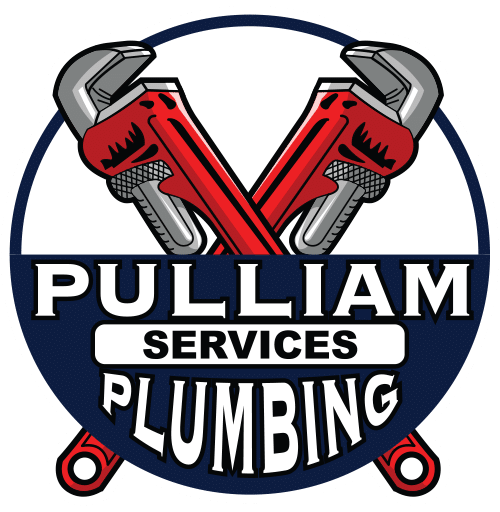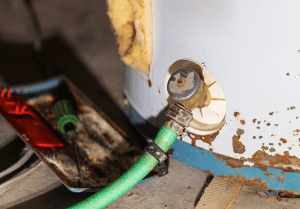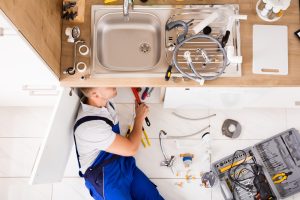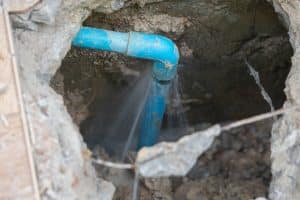Toilets are an integral part of every household, and dealing with toilet repair or installation can be a daunting task for many homeowners. Keeping your toilet in good working condition not only promotes a clean and comfortable living environment but also helps conserve water and prevent costly plumbing issues down the line. Whether you’re tackling a simple repair or considering a complete toilet replacement, having the right knowledge and a trusted plumbing partner can make the process seamless and stress-free.
Knowing how to maintain and repair your toilet is a valuable skill that can save you time, money, and headaches. However, when faced with more complex issues or contemplating a new toilet installation, it’s essential to recognize when it’s time to call in a professional plumbing expert.
Join us on this journey through the world of toilet repair and installation, and let us help you tackle these challenges with confidence. At any point, if you find yourself seeking expert advice or professional plumbing services, our highly-rated team at Pulliam Plumbing is ready to assist and support you, ensuring you have a top-notch experience and the best possible results.
Troubleshooting Common Toilet Problems: DIY Fixes and Insights
Toilets can develop various issues, but some of the most common problems can often be resolved without professional intervention. Here are a few tips on diagnosing and fixing these everyday challenges:
- Running Toilet: If your toilet continues to run after flushing, check the flapper and fill valve. A worn-out flapper may cause water to leak into the bowl, while a malfunctioning fill valve can allow the tank to overfill. In both cases, adjusting or replacing the components can solve the problem.
- Clogs: Toilet clogs can often be cleared using a plunger. For more stubborn obstructions, consider using a toilet auger to dislodge the clog. If neither method works, contact a professional plumber, as you may be dealing with a more severe issue or a blocked sewer line.
- Leaks: Inspect the base of the toilet and connections between the tank and bowl for water leaks. If you can’t pinpoint the source, food coloring can be added to the water tank – if the water in the bowl starts to change color, your toilet flapper likely needs to be replaced.
Essential Toilet Maintenance Tips to Prevent Issues
Regular toilet maintenance can help you avoid problems, save water, and maintain a clean and comfortable bathroom. Consider the following best practices:
- Clean Your Toilet Regularly: Use a toilet brush and mild, non-abrasive cleaners to remove buildup and keep your toilet spotless. Harsher cleaning products can damage your toilet’s finish.
- Avoid Chemical Drain Cleaners: Although it may be tempting to use them for clogs, chemical drain cleaners can damage your pipes. Stick to plungers or toilet augers for a safer solution.
- Check for Leaks Periodically: Keep an eye on any water leaks around your toilet and address them promptly to prevent damage to your bathroom floor and subfloor.
- Inspect Components: Regularly inspect the flapper, fill valve, and other toilet components for wear, adjusting or replacing them as needed.
Choosing the Right Toilet for Your Home: Factors to Consider
Selecting the perfect toilet for your home involves considering various factors, including your budget, bathroom layout, and personal preferences. Here are a few essential aspects to keep in mind:
- Toilet Style: The two most common toilet styles are one-piece and two-piece toilets. One-piece toilets have the tank and bowl seamlessly connected for easy cleaning, while two-piece options have a separate tank and bowl that must be assembled.
- Bowl Shape: Toilet bowls typically come in round or elongated shapes. Round bowls can save space in smaller bathrooms, while elongated bowls often provide greater comfort for users.
- Flushing System: Choose a flushing system with good performance and water efficiency, such as a dual flush or a gravity-assisted system, to minimize water waste and ensure a consistent flush every time.
- Comfort Height: Consider a toilet with a taller bowl height (commonly known as “comfort height”) to accommodate taller individuals or those with mobility restrictions.
Toilet Installation: A Step-by-Step Guide and Working with a Professional
Toilet installation can be a straightforward process if you’re comfortable with DIY projects and follow these general steps:
- Prepare the Area: Remove any old fixtures, clean the area, and ensure that the floor is even and stable.
- Set the Flange: Position the flange over the sewer pipe, aligning the bolt holes, and securely fasten it to the floor.
- Assemble the Toilet: Attach the bowl to the tank, following the manufacturer’s instructions.
- Place the Wax Ring: Apply the wax ring to the bottom of the toilet bowl.
- Install the Toilet: Carefully lower the toilet over the flange, ensuring the bolts pass through the holes in the base.
- Secure the Toilet: Tighten the nuts and add the bolt caps to the base.
- Connect the Supply Line: Attach the water supply line to the fill valve, making sure the connection is secure but not overtightened.
- Test Your Work: Turn the water supply on and test the toilet for proper flushing and potential leaks.
If you are uncomfortable performing this task or encounter unforeseen complications, contacting a professional plumber for assistance can save you time, stress, and prevent potential damages.
Conclusion
Becoming familiar with the ins and outs of toilet repair services and installation can be an invaluable skill for any homeowner. While applying these essential tips and best practices can save you time and money on simple fixes, knowing when to call a professional plumber, such as the highly-rated team at Pulliam Plumbing, will ensure you receive efficient, quality services for more complex projects or issues. Regardless of the challenge, rest assured that we’re here to help you maintain a comfortable and worry-free home.




